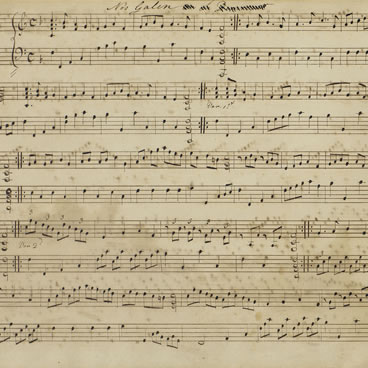
Researchers from the University of Southampton have discovered that Arctic lakes are melting earlier each spring, reflecting the effect of warmer temperatures on the Arctic.
The team of scientists found a correlation between decreasing ice cover on lakes, which freeze over the winter months, and an increasingly early temperature rise in spring.
The trend was evident in all five areas studied in the Arctic: Alaska, north east Siberia, central Siberia, north east Canada and northern Europe.
Southampton’s Jadu Dash, Professor in Remote Sensing, says:
Previous studies have looked into small numbers of lakes to show the impact of changes in temperature on the cyclic nature of lake-ice cover. However, ours is the first to use a time-series of satellite data to monitor thousands of lakes in this way across the Arctic.
The researchers used information on how light is reflected off the lakes, as recorded by NASA’s Moderate Resolution Imaging Spectroradiometer (MODIS) sensor, which collects a range of spectral and thermal data on a daily basis as it circles the globe on two satellites. This study used the changes in reflectance to identify the freezing and thawing processes.
Further observations on the ground also suggested that lake freezing is starting later in autumn. Although more research is needed to explore this perception, it demonstrates an overall shortening of the ice period in the areas examined.
A change in ice cover, as explored by the team, will affect the lake’s biology, the energy balance between the land and atmosphere, and activities such as the transport of goods, which usually occur on the frozen lake surface.
Professor Jadu Dash is a University of Southampton alumnus and has been a member of staff in Geography and the Enviorment since 2006.
Read more about Jadu’s research.



